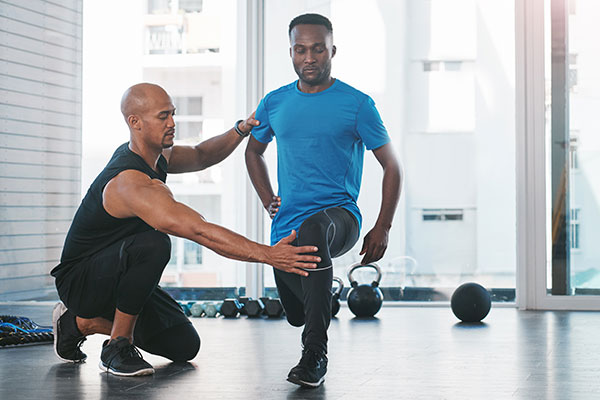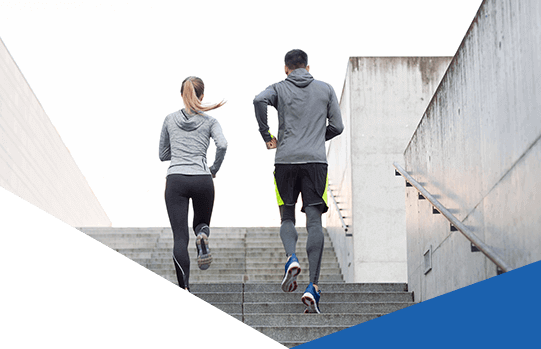Balance is something we often take for granted—until we start to lose it. Whether you're looking to prevent falls, enhance athletic performance, or simply move with more confidence, understanding the five key systems that contribute to balance can help you train effectively and safely at home.
The 5 Systems of Balance
Balance is a complex process that relies on multiple body systems working together. Your vestibular system (inner ear) detects head movement and helps maintain equilibrium. If you’ve ever experienced dizziness or vertigo, it could be due to an issue with this system.
Your visual system (eyesight) provides essential information about your surroundings, helping your brain adjust your body’s position. Poor vision or visual disturbances can make it harder to maintain stability. Meanwhile, the proprioceptive system (body awareness) relies on sensory receptors in your muscles and joints to tell your brain where your body is in space.
The musculoskeletal system (strength & flexibility) plays a crucial role as well. Strong muscles and flexible joints help stabilize your body and respond to changes in position. Weakness or stiffness, especially in the core and lower body, can contribute to balance problems. Finally, your central nervous system (cognition) processes input from all the other systems and sends signals to adjust your posture and movements.
Improving balance doesn’t have to be complicated or require special equipment. Simple exercises can help target each system and enhance stability. A single-leg stance is a great way to challenge proprioception and strength. Try standing on one leg for 30 seconds. To make it harder, close your eyes or stand on a cushion. Another effective exercise is the heel-to-toe walk, where you walk in a straight line as if on a tightrope and keep your gaze forward.
If you’re looking for a full-body approach, Tai Chi or yoga are excellent options. These practices improve body awareness, strength, flexibility, and coordination through slow, controlled movements that enhance neuromuscular control.
Safety Tips
Before training balance at home, it is best to consult with your physiotherapist first to make sure it is safe for you. They may suggest training balance in the clinic where most risks can be mitigated, or they simply may suggest training it near a sturdy surface like a countertop. Overall, stop if you feel dizzy or unsteady and consult a physiotherapist for personalized guidance.
Final Thoughts
Balance training is essential for people of all ages, whether for injury prevention, improved athletic performance, or maintaining independence as we age. By understanding and targeting the five systems of balance, you can improve easily progress exercises and be more stable and confident in everyday movements.





